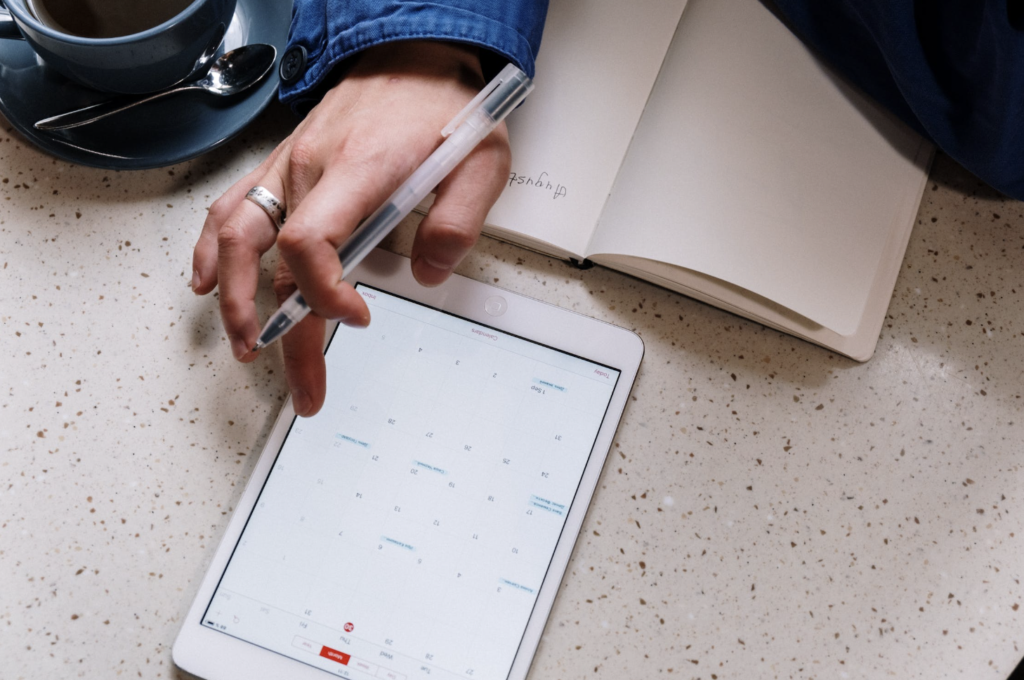According to a Bloomberg article written in April this year, trade shows are recovering from the pandemic. In the U.S., trade show attendance was up 55% compared to 2020.
Is this a reason for celebration? Yes! But only to a point.
While it’s true that attendance is up, the article does point out that attendance in 2022 is still down two-thirds compared to pre-pandemic attendance levels.
Nevertheless, it’s undeniable that trade shows ARE on the rebound and poised to improve their attendance numbers significantly in the coming years. There’s just too much pent-up demand for, and benefits that come from, attending trade shows.
Anecdotally, we at Swyft have seen an increase in trade show PR inquiries from European tech startups looking to develop their communications strategies.
With a much busier trade show season looming, what does that mean for international tech startups like yours? First, there will be even more opportunities to find and meet new prospects and score valuable media coverage that boosts your brand awareness.
To accomplish that, you’d be wise to have a good media outreach strategy.
Here are Swyft’s top 10 tips for a successful U.S. trade show PR campaign:
Start planning early
It may go without saying, but the earlier you start on your trade show PR planning, the better. Mind you, if you are an international tech startup, it’s even more critical to start early to get familiar with the U.S. trade show you plan to attend.
Research past media coverage
You’d be surprised how many tech companies fail to research past trade shows to see what news outlets and journalists attended. Be sure to find out which media attended in the past, and monitor social media platforms like Twitter and LinkedIn to see if any journalists are telegraphing their interest in attending.
Pro tip: ask trade show organizers about a media list; some will offer that as a bonus to tech companies who have paid for booths.
Create a media list
Once you’ve figured out which media are likely to attend the trade show, put their names into a media list that can be shared with key players like spokespersons and marketing team members. Make sure you have each journalist’s contact information (email, phone number, work title) and the name of their news outlet. Include examples of their past coverage of your industry for easy reference; it allows your spokesperson to become familiar with their past work in case it helps give them a point of reference during an interview.
Align with the product marketing roadmap
Typically, tech companies use well-known trade shows as an opportunity to launch their latest product offerings. It’s an excellent opportunity to capitalize on the presence of industry news outlets, not to mention generate excitement and interest among existing customers and new prospects. Make sure you have all of the facts about the new product offering well in advance, as you want to avoid scrambling for information a week before the show starts.

Media training for executives
As part of your upcoming trade show PR planning, it never hurts to offer a media training session for executives you hope to have interviewed by journalists. It’s a great way for execs to learn how to be comfortable with various questions and media types (e.g., print versus video). Some execs may think they know how to talk about their product, but in reality, they may routinely go off on tangents or get lost in their thoughts and fail to deliver high-impact quotes. Media training ensures they will stay on message and have practiced responses to some of the more routine questions.
Interview availability
Do yourself a huge favor and put together a spreadsheet that will show the availability of your executives to take on media interviews. Then, make sure they honor those openings to allow you to safely commit their time to journalists, who themselves are super busy. If an executive fails to show up for an interview, it doesn’t look good on your company, and the journalist may use the snub as an excuse ignore your future news announcements.
Pro tip: get your execs to add their mobile phone numbers to the spreadsheet so that you can text or call them should a journalist want to meet during the craziness of the trade show. Refrain from letting an unforced error like not staying organized get you on the “bad list” of an influential journalist when it matters most.

PR campaign materials
As you liaise with product marketing and plan your announcement for the trade show, you’ll want to create a few essential items as part of your campaign materials. A press release provides the high-level information journalists need to understand your new product offering, along with key quotes from your company execs and possibly even a customer quote as a testimonial. Additionally, you’ll want to include high-res images of key execs and data sheets about your product offerings.
Pro tip: to facilitate the transfer of company knowledge to journalists, put your press materials in an easily accessible password-protected online storage folder. Some companies use virtual pressrooms, but investing that much time and money is unnecessary when a dedicated Google folder will do.
Customize email pitches
As part of your homework on which journalists are planning to attend the trade show, you should figure out their particular topics of prior interest to develop a customized email pitch. For example, if the journalist wrote about a specific topic recently, don’t be afraid to mention that you think they might be interested in your news announcement because it’s similar to the earlier article. At the end of the day, you need to clearly state why your news will interest the journalist’s audience, and customizing the pitch is the best way to do that. Cutting and pasting a press release and sending that without any additional guiding thoughts just won’t cut it.
Start pitching early
Again, getting an early start is a no-brainer for trade show PR. But you’d be surprised how many tech companies wait until the last minute to start reaching out to journalists. It’s common to begin emailing journalists 3-4 weeks before the start of the event, especially if you’re an international company with no prior ties to a journalist. That gives you ample time to develop a working relationship with relevant journalists and schedule in-person interviews at the trade show. If you start late, their schedules will likely be fully booked, and you’ll be forced to wait and see if they have a time slot free up during the craziness of the event itself. It’s not a good position to find yourself in, as you can imagine.

Follow up
A final word of advice on trade show PR? Stay in touch with the journalists you pitch before and during the trade show. Your job from here on out is to nurture those relationships so that the next time you have any news to share – be it a product launch, product extension, customer wins, or geographic expansion – the journalist will be more likely to respond to your email.
Pro tip: ask your newfound friends in the media about a contributed article opportunity. One way to keep your tech company ‘in the news’ is to write thought leadership articles about industry trends and breakthroughs. It’s a great way to stay in touch with editors and journalists and win valuable ‘ink’ with a corresponding SEO-friendly backlink to your website.
Let’s talk!
If you need help planning and executing your trade show PR campaign, Swyft has over ten years of experience helping domestic and international companies win valuable media coverage. Contact us today to learn how Swyft can support your tech startups PR needs.

